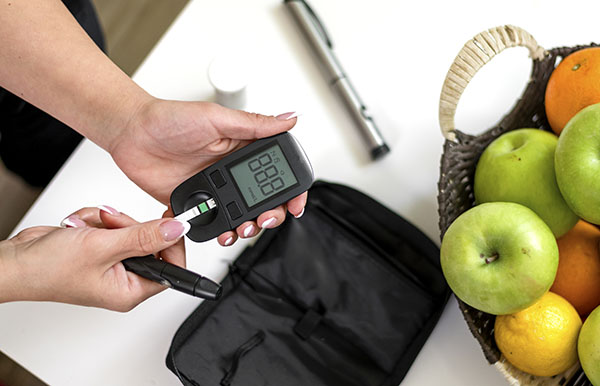The top six ways diabetes care is changing in 2023
July 27, 2023Categories: Blog Posts
Tags: Diabetes
 The American Diabetes Association (ADA) has released new standards of care each year since 1989 and has done so for 2023. Now that we’re more than halfway through the year, it might be a good time to brush up on the new standards and what specifically matters to you. ADA identified six categories for updates, each of which is detailed below.
The American Diabetes Association (ADA) has released new standards of care each year since 1989 and has done so for 2023. Now that we’re more than halfway through the year, it might be a good time to brush up on the new standards and what specifically matters to you. ADA identified six categories for updates, each of which is detailed below.
Weight management
Weight management is key to the management and prevention of diabetes, and the ways to go about it have remained unchanged. However, what has changed is the percentage of weight loss that can be recommended. The new standards outlined a 15 percent weight reduction recommendation, which was up 10 percent from last year’s recommendation of five percent. New tools and medication will allow those with diabetes to have greater control over their weight management and better realize their goals.
Cardiovascular and kidney disease prevention
Diabetes can affect nearly every major organ. Heart disease is the leading cause of death for Americans overall. New standards from the American College of Cardiology recommend lower blood pressure levels in 2023: less than 130 over 80 for those with diabetes.
Amplified amputation risks
The risk for amputation is high in those with diabetes, therefore careful screening for foot ulcers and peripheral arterial disease is imperative. The rate of amputation, for those with diabetes, has gotten worse instead of better so a focus on treatment early on is very important.
Healthy sleep habits
Diabetes contributes to a higher risk for sleep apnea, therefore a focus on quality sleep is important. A happy medium in the amount of sleep was identified as a focus for 2023—not too much and not too little. Seven to nine hours of sleep per night for adults is the recommended average.
Environmental factors
Food insecurity, employment and other factors can contribute to a higher risk for diabetes. These factors are recommended to be taken into consideration when considering treatment. Your doctor can help you identify environmental factors that could be contributing to your condition.
Technology
The new guidelines are set to embrace technology further in the use of continuous glucose monitoring devices and glucose pumps. Ask your doctor about which treatment, assisted by technology, may be right for you.
Your primary care provider can connect you to needed services to help manage your diabetes. If you do not have a provider, schedule an appointment today.
Reviewed by Svetlana Shifrin-Douglas, MD, a Trinity Health Mid-Atlantic endocrinologist.
